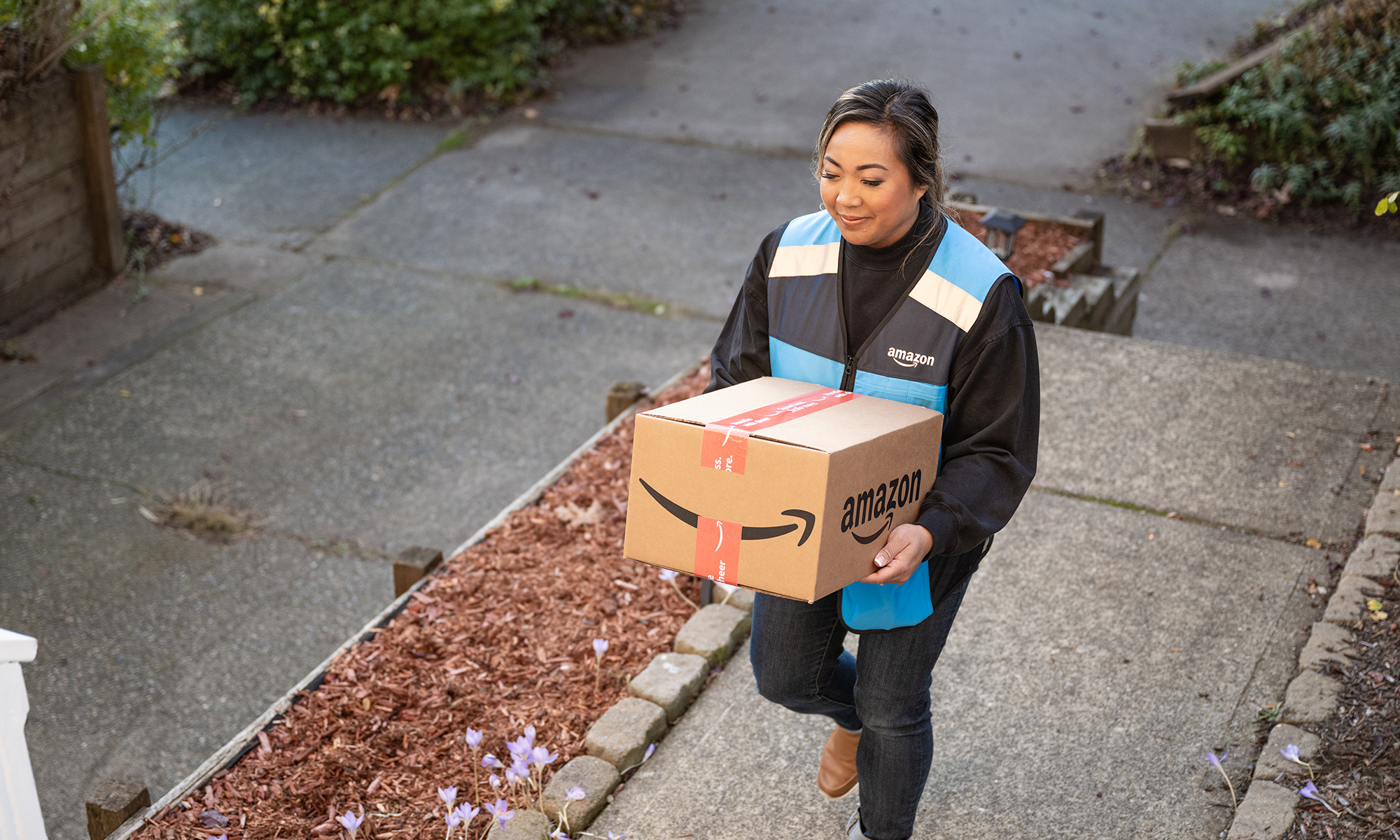Amazon's (AMZN +0.11%) aggressive push to court Chinese merchants could be flooding its U.S. marketplace with low-quality goods, according to the Wall Street Journal. The report claims that between May and August, it found 10,870 items that "have been declared unsafe by federal agencies, are deceptively labeled, lacked federally required warnings, or are banned by federal regulators."
Based on Marketplace Pulse's estimates, as cited by the report, 38% of Amazon's 10,000 most-reviewed accounts were from China, up from 25% three years ago. The firm also claims that out of 1,934 merchants whose addresses could not be determined, 54% actually came from China.
Amazon claimed that the report's 38% figure was "a significant exaggeration" and that Marketplace's methodology was flawed. But is Amazon playing a dangerous game by opening its floodgates to Chinese sellers?

Image source: Getty Images.
Understanding Amazon's Chinese strategy
To understand Amazon's desire to court Chinese sellers, we need to look back at its previous missteps in China. Amazon initially entered China in 2004 by acquiring the online bookstore Joyo.com for $75 million and rebranding it as Amazon China.
Amazon China never gained much traction against Alibaba (BABA 0.77%) or JD.com (JD +0.31%) in the Chinese market, so the company shuttered the platform earlier this year. However, Amazon stayed invested in China by maintaining an online store on Alibaba's Tmall and opening up its third-party marketplace to Chinese sellers.
That move significantly boosted sales of third-party products, which account for over half of its physical gross merchandise sales, but customer complaints about counterfeit and low-quality products soon followed. Amazon's merchants also struggled to compete against cheaper products from China, and many of Amazon's own private-label products come from Chinese merchants.
This strategy widens Amazon's moat against rivals like Walmart (WMT +0.64%) and Target (TGT +2.17%) in the ongoing race to sell the cheapest products and boosts its U.S. sales as its home market matures and its growth decelerates. Amazon already serves over 100 million Prime members in the U.S., according to CIRP, so it needs new ways to boost its domestic revenue per member instead of reaching more shoppers.

Image source: Getty Images.
Acting like Taobao instead of JD
Unfortunately, this strategy could also backfire by alienating shoppers and merchants. To see the potential consequences, we should study the differences between Alibaba's Taobao and JD.com.
Taobao is a third-party marketplace that connects merchants to buyers. Alibaba never takes possession of the products sold on Taobao, and the deliveries are all handled by a third-party logistics service. It's still tough for Alibaba to get rid of counterfeit and low-quality products on Taobao, and that lack of progress caused the platform to be placed on the U.S. Trade Representative's latest blacklist of "notorious" platforms.
JD's core business is a first-party marketplace that takes on inventories and fulfills orders with its own logistics service, which makes it much tougher for counterfeit products to slip through the cracks. That business model is more capital-intensive than Alibaba's, but it kept JD off the trade blacklist.
Amazon's growing dependence on Chinese sellers makes it look more like Taobao than JD, which ironically based its business model on Amazon's first-party platform. If Amazon continues down this path, it could tarnish its own brand and reputation.
Passing the buck
Amazon doesn't require its third-party sellers to disclose their real-world locations or label the origins of their products. In its 10-K filing, it also admits that it "may be unable to prevent sellers from collecting payments, fraudulently or otherwise, when buyers never receive the products they ordered or when the products received are materially different from the sellers' descriptions."
In short, Amazon's third-party marketplace remains the Wild West, and its growth matters more than its overall quality. This worries me, both as a longtime Amazon investor and a shopper who accidentally bought counterfeit products on its third-party marketplace before.
I don't plan to sell my shares of Amazon anytime soon, but I'm keeping a close eye on its troublesome third-party marketplace and its opaque product listings -- which could push shoppers toward Walmart and Target's e-commerce ecosystems instead.










